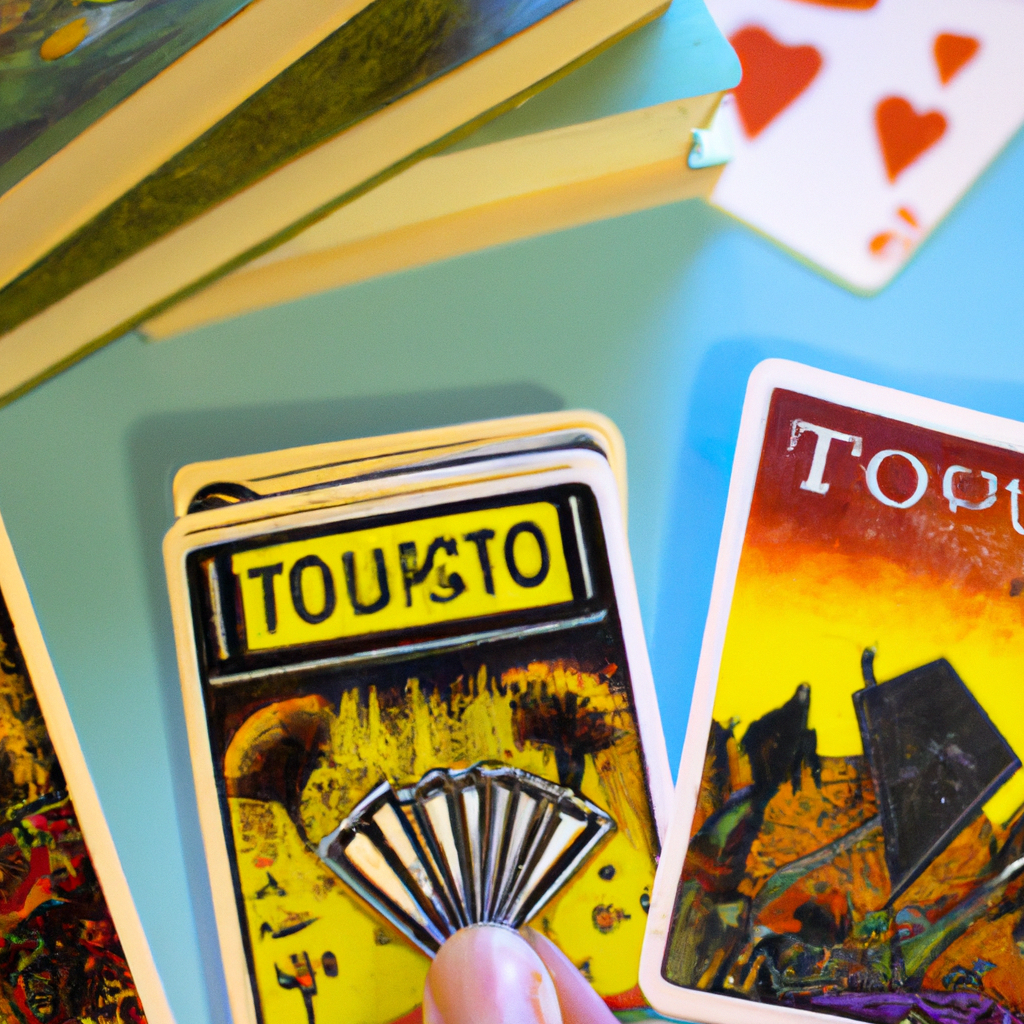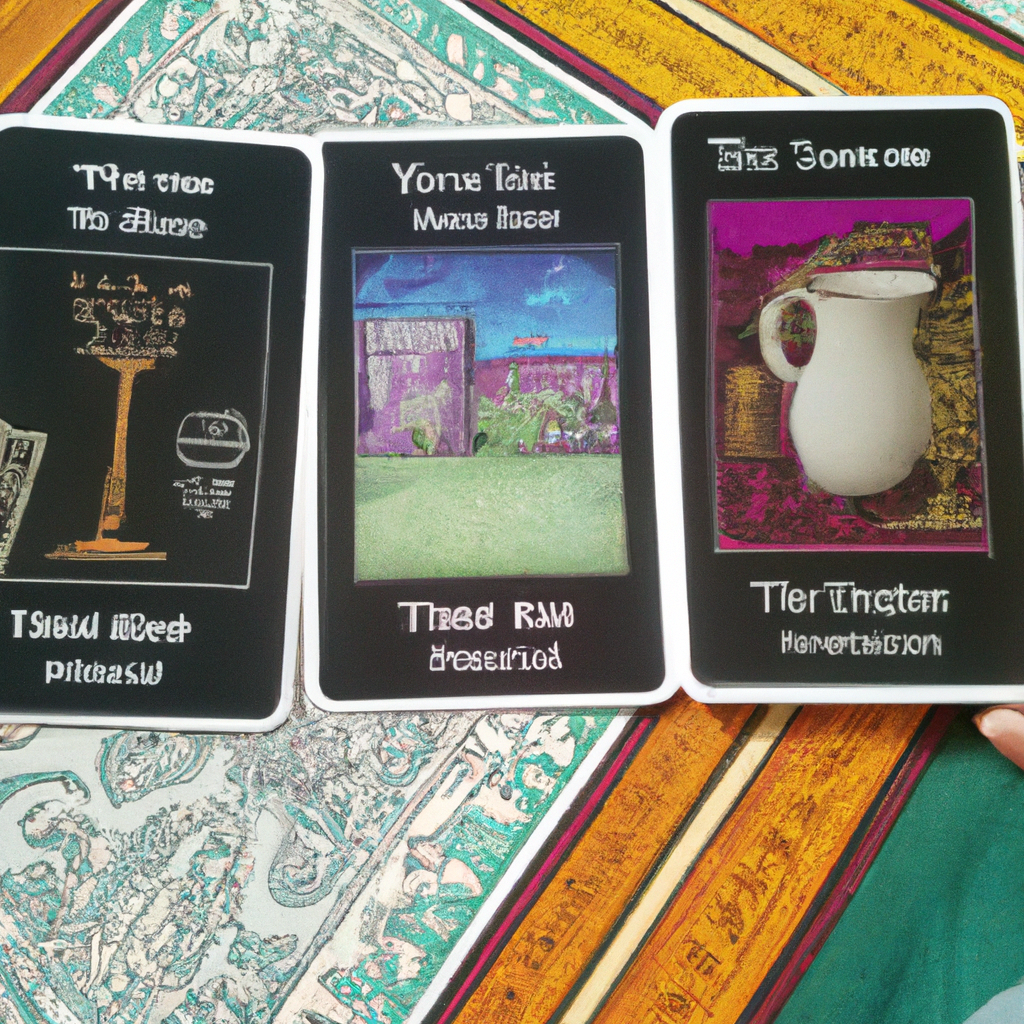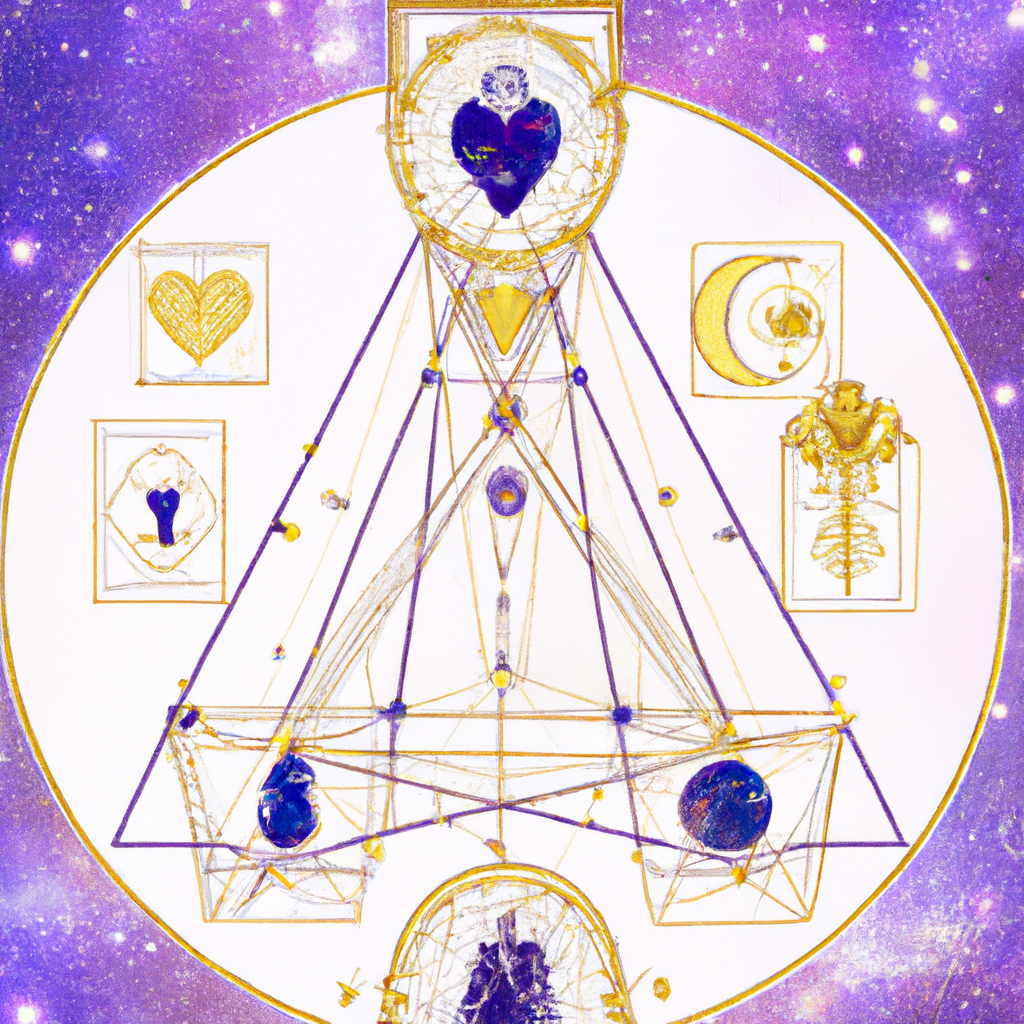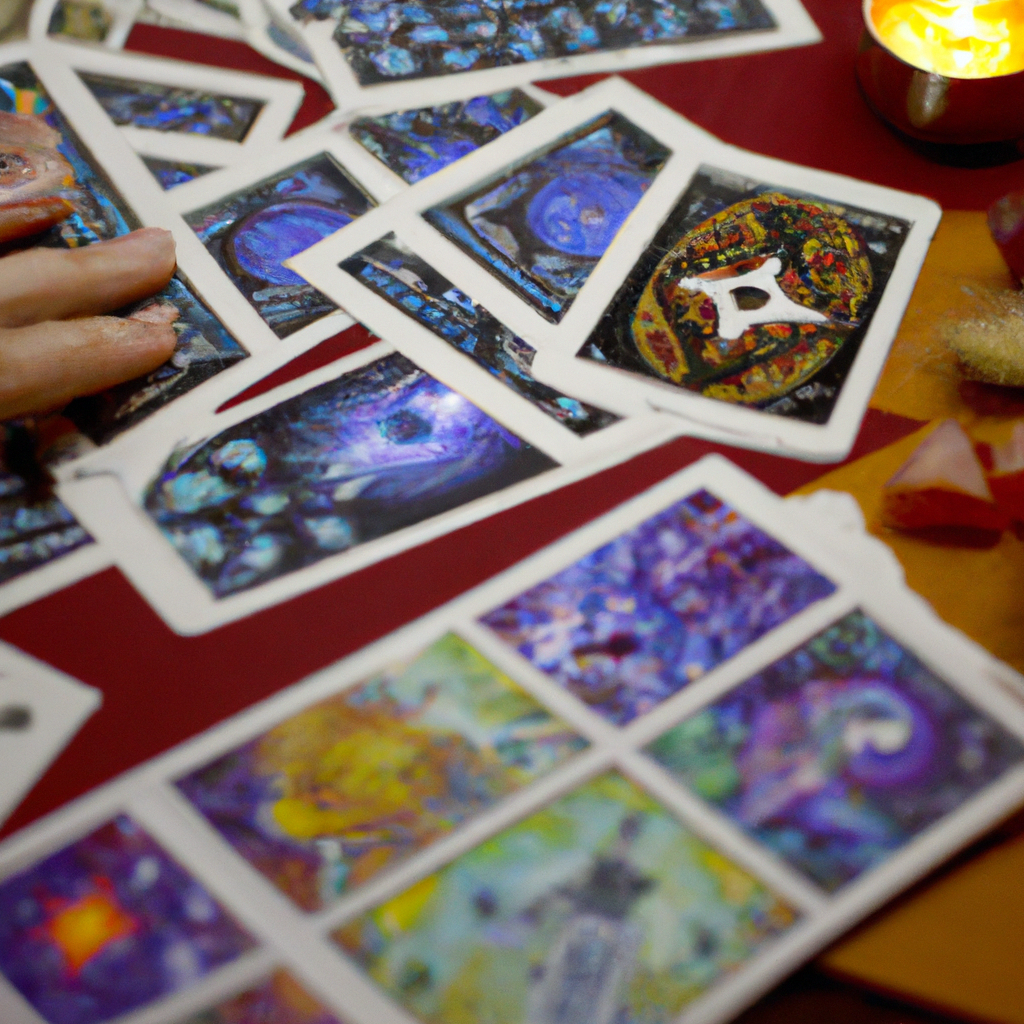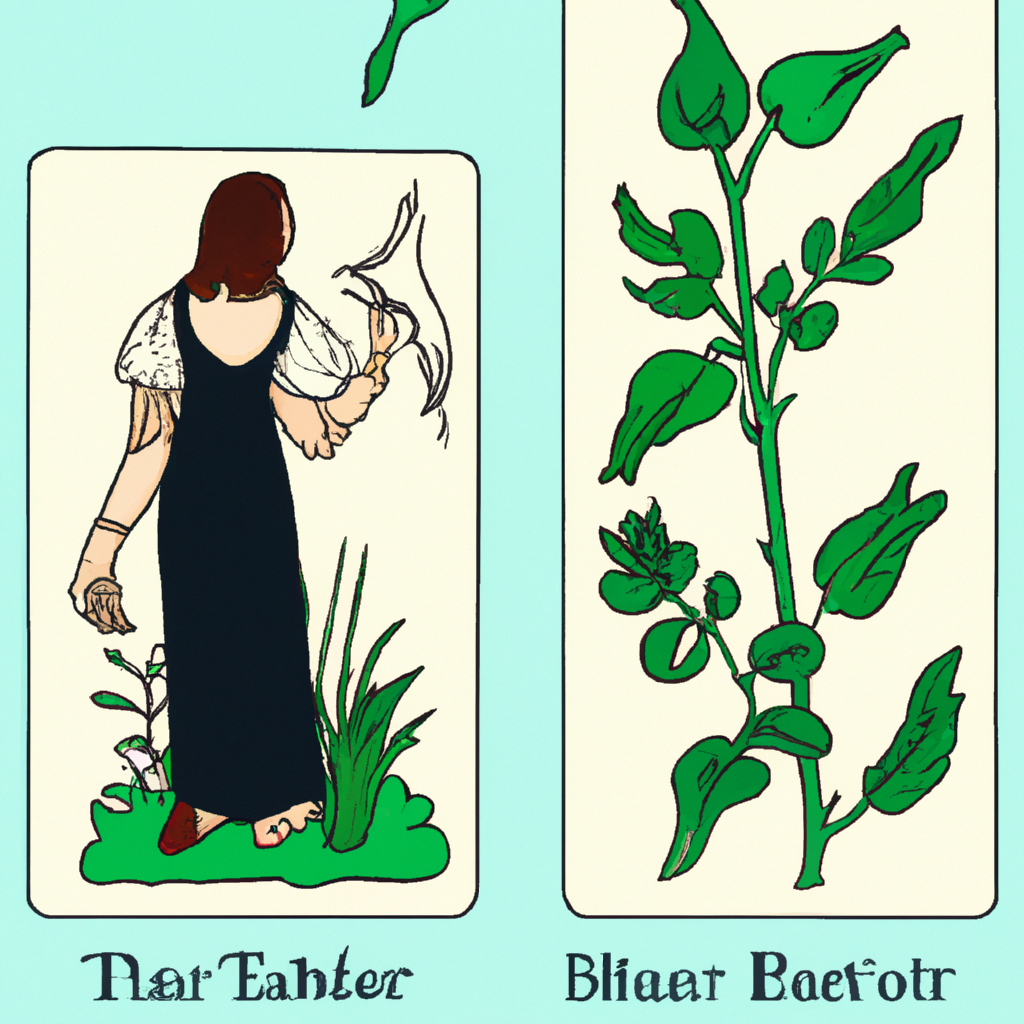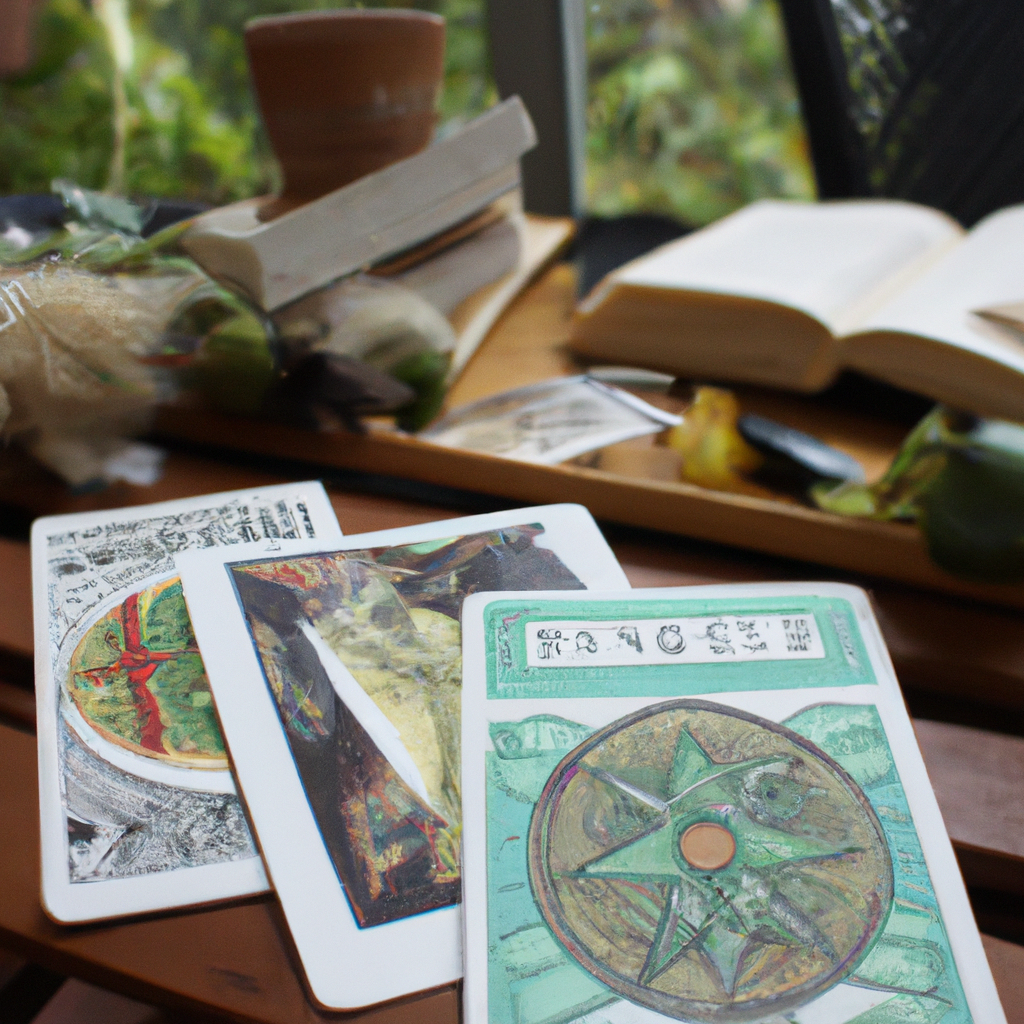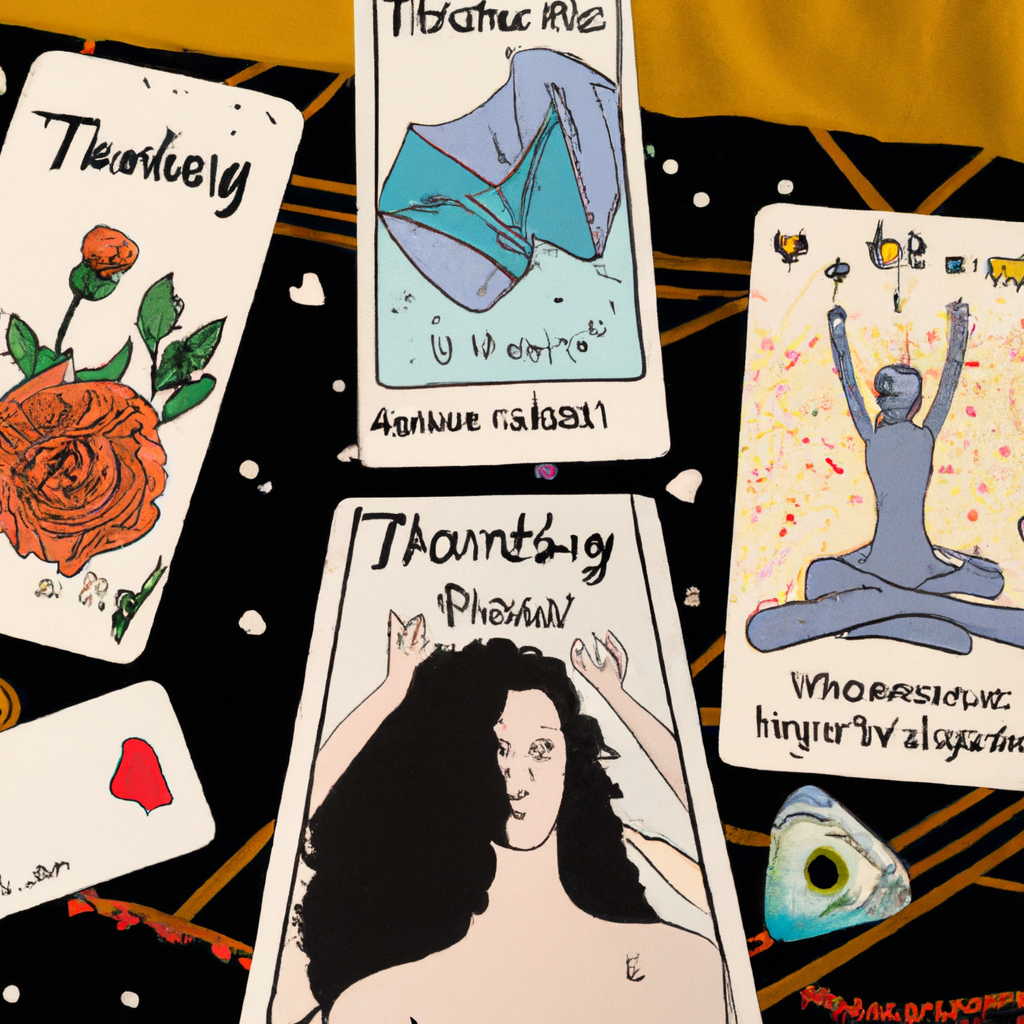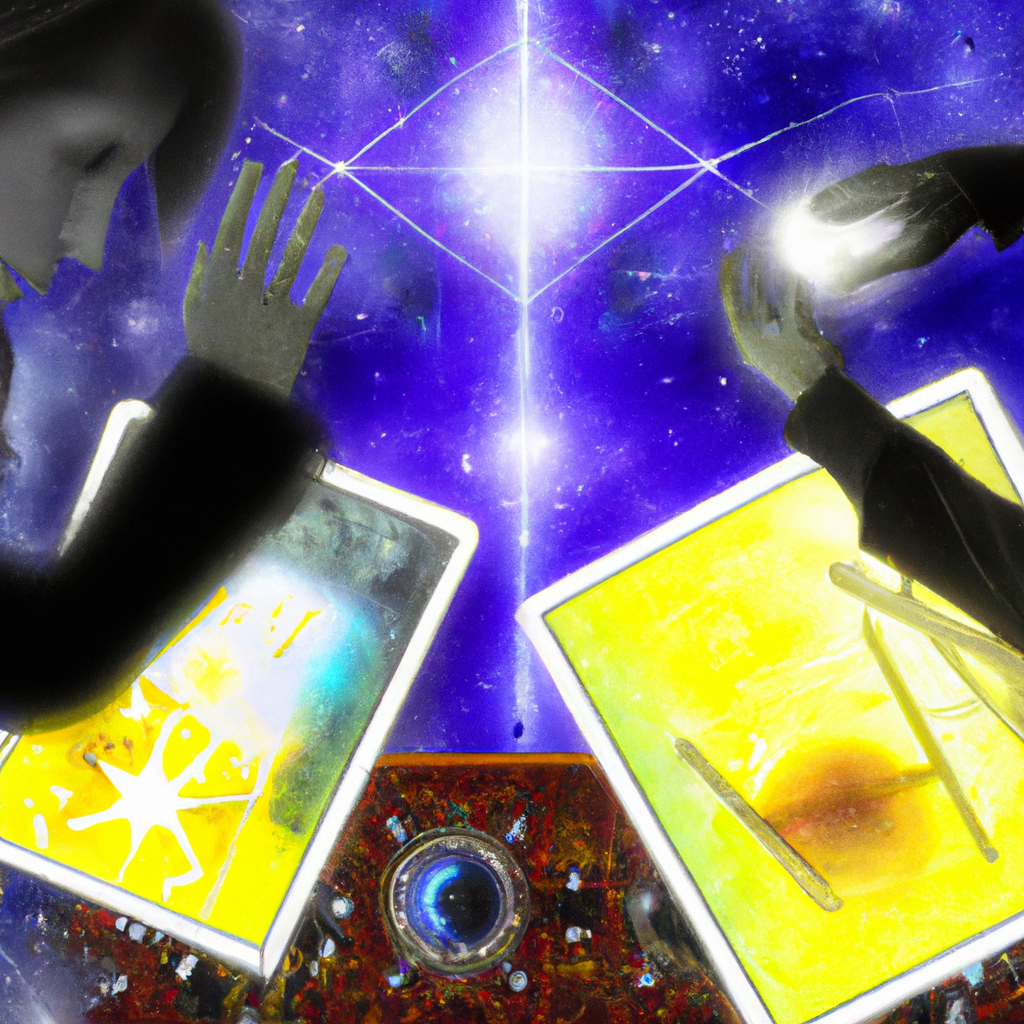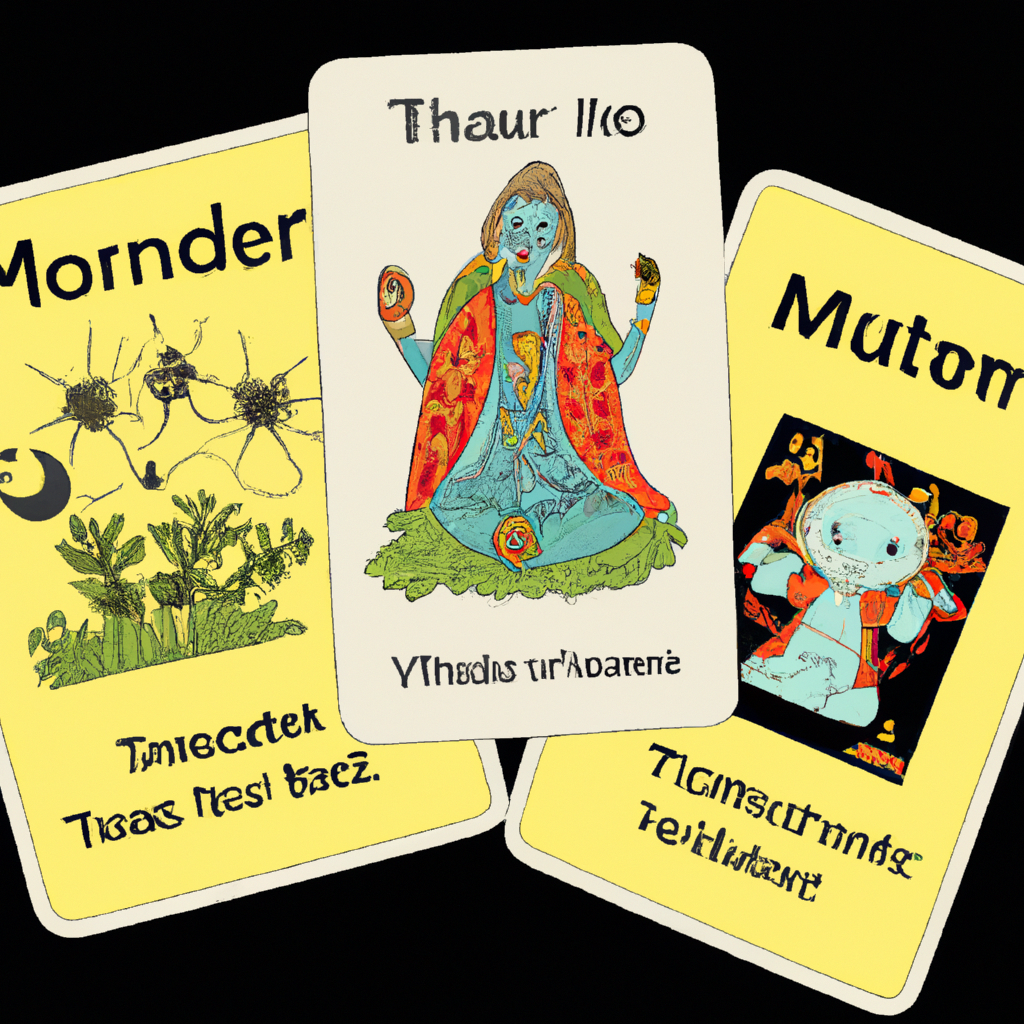Shopping Cart.
No products in the cart.
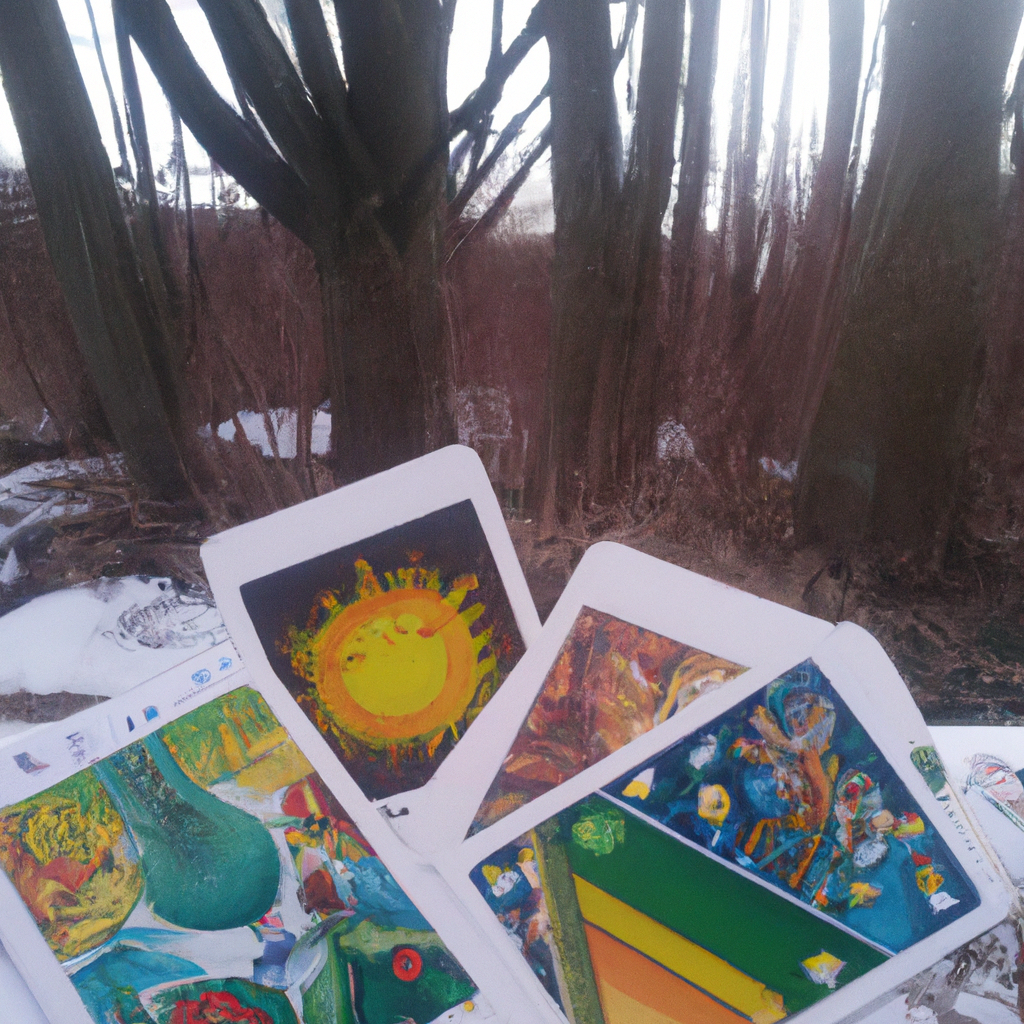
As the seasons change, so too does the energy that surrounds us. The vibrant blossoming of spring, the warm abundance of summer, the crisp transition of autumn, and the quiet introspection of winter each carry their unique vibrations. Just as nature cycles through these seasons, so too does the Tarot, a mystical tool that mirrors the rhythms of the natural world.
Imagine, if you will, a deck of Tarot cards spread out before you. Each card is a vibrant tapestry of symbols, colors, and figures, each one telling a story. Now, picture the four suits of the Tarot: Cups, Wands, Swords, and Pentacles. These suits are not just random symbols; they are deeply connected to the elements of water, fire, air, and earth, respectively. And these elements? They correspond to the four seasons.
The suit of Cups, associated with the element of water, corresponds to autumn. This season, with its falling leaves and shorter days, often brings about feelings of introspection and emotional depth, much like the Cups in a Tarot reading. The Cups speak to our emotions, our relationships, and our intuition, mirroring the introspective energy of autumn.
Next, we have the suit of Wands, linked to the element of fire and the season of spring. As the world awakens from winter’s slumber, the energy of spring is all about growth, creativity, and action – the very essence of the Wands. When a Wand card appears in a reading, it often signifies a time of energetic movement, passion, and personal growth.
The suit of Swords, connected to the element of air, aligns with the season of winter. Winter is a time of introspection, of going within, and of mental clarity, much like the Swords. The Swords represent our thoughts, our intellect, and our conflicts. They challenge us to cut through illusions and seek truth, much like the stark, bare landscapes of winter.
Finally, the suit of Pentacles, associated with the element of earth, corresponds to summer. Summer is a time of abundance, of enjoying the fruits of our labor, and of grounding ourselves in the physical world – all themes that resonate with the Pentacles. The Pentacles speak to our physical realities, our resources, and our ability to manifest, mirroring the abundant energy of summer.
As you can see, the Tarot and the seasons are deeply intertwined. By understanding this connection, we can deepen our relationship with both the Tarot and the natural world. When we draw a card from the deck, we’re not just pulling a random symbol; we’re tapping into the energy of the seasons, the elements, and the rhythms of nature.
So, the next time you shuffle your Tarot deck, take a moment to consider the season. Feel its energy, its rhythm, its unique vibration. Then, draw a card. See how it resonates with the season, how it mirrors the natural world. You might just find that the Tarot, much like nature, has a rhythm all its own. And by connecting with this rhythm, we can better understand ourselves, our journey, and our place in the world. After all, we are all part of nature’s grand, beautiful cycle.
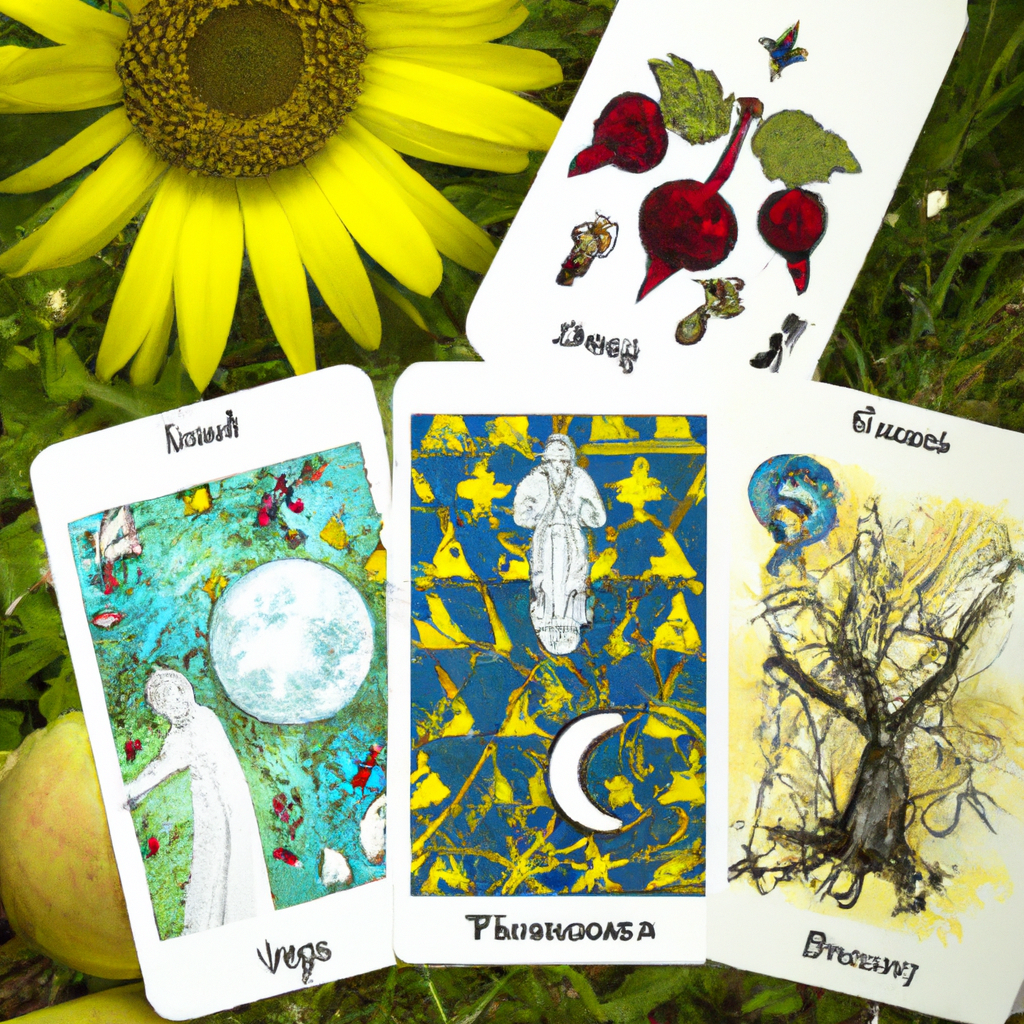
As the seasons change, so too does the energy that surrounds us. The vibrant, blossoming energy of spring gives way to the warm, radiant energy of summer, which then transitions into the crisp, reflective energy of autumn, and finally, the quiet, introspective energy of winter. Each season carries its own unique rhythm, its own distinct vibe, and its own special magic. And just as we can tune into these seasonal rhythms in nature, we can also connect with them through the mystical art of tarot reading.
Imagine, if you will, a warm spring morning. The air is fresh, the birds are singing, and the world is coming alive with new growth. This is the perfect time to pull out your tarot deck and do a reading that focuses on new beginnings, personal growth, and potential. The cards you draw during this season can provide valuable insights into the opportunities that lie ahead and the steps you need to take to seize them.
As spring gives way to summer, the energy shifts. The days are longer, the sun is brighter, and life is in full swing. This is a time of action, of making things happen, and of enjoying the fruits of your labor. A tarot reading during this season can help you understand how to best use your energy, how to achieve your goals, and how to enjoy the journey along the way.
Then comes autumn, a season of change and transition. The leaves are falling, the air is getting cooler, and the pace of life is slowing down. This is a time for reflection, for letting go of what no longer serves you, and for preparing for the winter ahead. A tarot reading during this season can provide guidance on what you need to release, what you need to embrace, and what you need to prepare for.
Finally, winter arrives, bringing with it a quiet, introspective energy. The days are shorter, the nights are longer, and the world is at rest. This is a time for introspection, for self-care, and for planning for the future. A tarot reading during this season can help you understand your innermost feelings, your deepest desires, and your highest aspirations.
Seasonal tarot reading is a powerful way to connect with the rhythms of nature and to harness their energy in your own life. By aligning your tarot practice with the changing seasons, you can gain a deeper understanding of yourself, your path, and your place in the world.
But remember, tarot is a personal journey. The meanings of the cards and the insights they provide are unique to each individual. So, as you explore seasonal tarot reading, don’t be afraid to trust your intuition, to follow your instincts, and to make the practice your own.
So, as the seasons change, why not change with them? Why not embrace the energy of each season, harness its unique rhythm, and use it to guide your tarot practice? After all, tarot is not just about predicting the future. It’s about understanding the present, navigating the changes, and making the most of the journey. And what better way to do that than by connecting with the natural rhythms of the seasons?
As the seasons change, so too does the world around us. The vibrant greens of spring give way to the warm hues of summer, which then transition into the rich colors of autumn before finally settling into the stark whites of winter. Each season brings with it a unique energy, a distinct rhythm that influences not only the natural world but also our personal lives and spiritual practices. One such practice that is deeply intertwined with the changing seasons is tarot reading.
Imagine, if you will, a crisp autumn day. The leaves are changing colors, and there’s a slight chill in the air. You’re sitting at your favorite spot, a warm cup of tea in your hands, and your tarot deck spread out before you. As you shuffle the cards and lay them out, you can’t help but notice how the imagery on the cards seems to mirror the world outside your window. The Death card, often associated with transformation and change, seems to echo the falling leaves, a symbol of nature’s cycle of life and death. The Wheel of Fortune, a card of cycles and seasons, feels particularly resonant as you reflect on the inevitable transition from autumn to winter.
This is no mere coincidence. The tarot is deeply connected to the rhythms of nature, and the changing seasons can provide a rich context for interpreting the cards. Each season carries its own energy, its own themes and lessons, which can be reflected in the cards you draw.
Spring, for instance, is a time of new beginnings and growth. It’s a time when the seeds we’ve planted begin to sprout and blossom. In a tarot reading, cards like The Empress, which symbolizes fertility and abundance, or the Ace of Wands, a card of inspiration and new beginnings, might feel particularly relevant during this season.
Summer, on the other hand, is a time of warmth and light. It’s a season of activity and movement, of enjoying the fruits of our labor. Cards like The Sun, which represents joy and vitality, or the Three of Cups, a card of celebration and friendship, might resonate more during this time.
As we move into autumn, the energy shifts again. This is a time of harvest, of reaping what we’ve sown. It’s a time to reflect on our accomplishments and prepare for the colder months ahead. Cards like The Hermit, which encourages introspection and solitude, or the Seven of Pentacles, a card of patience and reward, might feel more significant during this season.
Finally, winter brings with it a time of rest and introspection. It’s a season of quiet and stillness, a time to conserve our energy and reflect on the past year. Cards like The Moon, which represents intuition and dreams, or the Four of Swords, a card of rest and recovery, might hold more weight during this time.
So, as the seasons change, consider how this might influence your tarot readings. Reflect on the energy of each season, the lessons it brings, and how this might be reflected in the cards you draw. By connecting with the rhythms of nature, you can deepen your understanding of the tarot and enrich your spiritual practice. After all, the tarot is not just a tool for divination, but a mirror reflecting the world around us, a guide helping us navigate the ever-changing seasons of life.
In conclusion, Tarot and the Seasons: Connecting with Nature’s Rhythms explores the profound connection between the natural world and spiritual practices. It emphasizes the importance of aligning oneself with the rhythms of nature to enhance personal growth and spiritual enlightenment. The use of tarot cards serves as a tool to better understand these natural cycles and to gain deeper insights into one’s life and the universe. This connection fosters a sense of harmony, balance, and mindfulness, enriching one’s spiritual journey.
